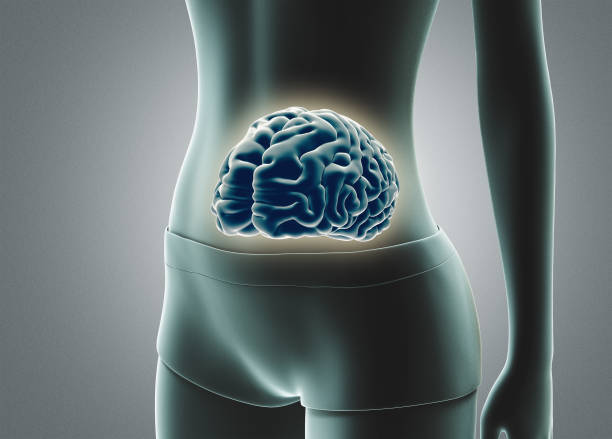A recent study from the MRC CBU found that our gastric rhythm – natural contractions the stomach makes when it’s hungry, nauseous, or full – may help us avoid disgusting things. Dr Camilla Nord and Dr Edwin Dalmaijer tracked the eye movements of healthy volunteers while they looked at disgusting images. Normally, people’s eye movements avoid disgusting images no matter what: unlike fear, we keep avoiding the disgusting picture even after a very long time, or after being paid to look at it. But after taking a common medication that reduces abnormal gastric rhythms, restoring the gastric state to normal, volunteers’ eye movements did not avoid the disgusting image as much. This means that our gastric rhythm could drive us to avoid disgusting things. In future, this could be tested as a new type of treatment for people who experience pathological disgust, which can arise in mental health disorders like post-traumatic stress disorder (PTSD) or obsessive-compulsive disorder (OCD).
The full paper can be read here: Nord, CL & Dalmaijer, E, et al. A causal role for gastric rhythm in human disgust avoidance. Current Biology; 24 Nov 2020; DOI: 10.1016/j.cub.2020.10.087
A press release can be found on the University of Cambridge’s website: How changes in our stomachs rhythms steer us away from disgusting sights

 MRC Cognition and Brain Sciences Unit
MRC Cognition and Brain Sciences Unit


